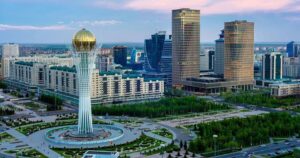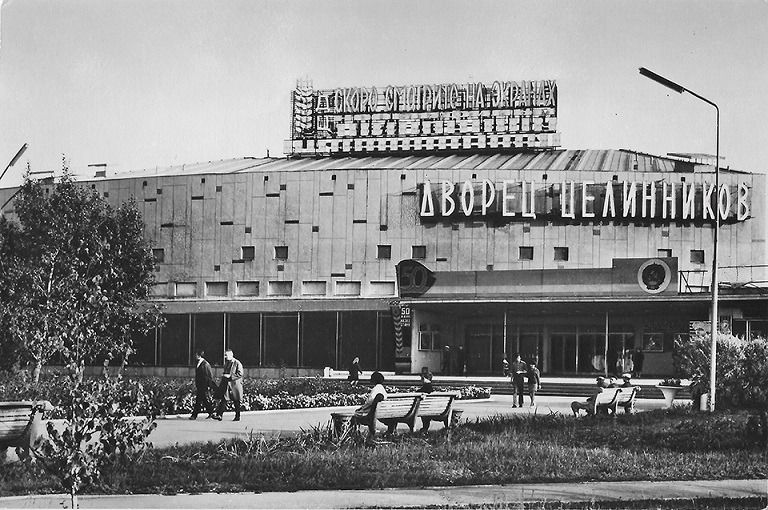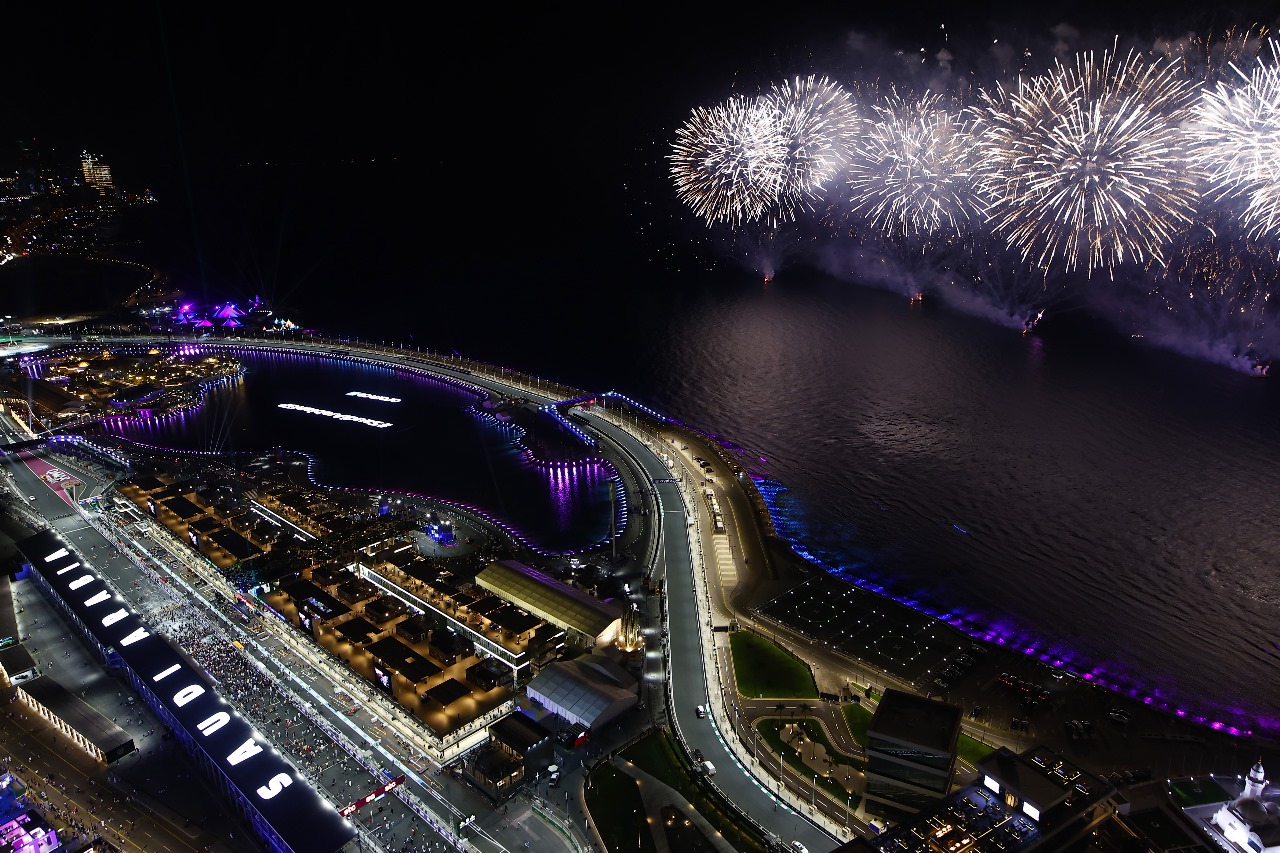The Astana Times: July 6 marks the day when the Supreme Council of Kazakhstan adopted the decree on the transfer of the capital of Kazakhstan, which paved the way for Astana to officially become the capital of Kazakhstan in 1997. This year marks the 25th anniversary of the international presentation of Astana that took place in 1998.

It is a milestone for the city, which is renowned for rapid growth, distinct architecture and for being a dialogue platform that put Astana on the global map.
Walking through Astana’s streets today, it is as if its agricultural past barely existed. Yet those who have lived here for decades, went to schools and grew up in its neighborhoods remember the old days.
Gulzi Nabi, a native of Tselinograd, the former name of the capital, has had a front-row seat of the rapid pace of change the city experienced through the decades.
She shared her memories of the not-so-long-ago urban history of Astana and events that helped shape the capital into what it is today.
Tselinograd, capital of virgin lands
The capital of the virgin lands was the unspoken name of the city back in 1970-80s, said Nabi.
“It was the focus of attention of the whole Soviet Union which had a major task of developing the virgin lands. Many factories like Kazakhselmash and Tselinselmash [agricultural machinery plants] were located here,” she told The Astana Times.
Tselinograd also held acclaim for the presence of esteemed educational institutions, such as the Agricultural Institute and Pedagogical Institute named after Saken Seifulin. These universities have garnered a reputation for their exceptional teaching standards, owing in part to the quality of their staff, many of whom were exiled to Kazakhstan during the Stalinist repressions.
“The repressions, in a sense, had a positive impact on the quality of education, because many scientists and teachers with a strong education and methodology came here,” said Nabi.
Old city on the right bank of the Yessil River
Part of the city on the right bank of the Yessil River is reminiscent of the old days.
It speaks to a different era in Astana, with the opening of the Tselinnikov Palace and the Palace of Youth when the square and park near the old akimat (city administration) was the trendiest place in town.
“It was a place where the youth would go on a date, go for a walk, socialize and relax,” said Nabi.
She was one of the residents who captured Tselinograd’s muddy springs when everyone wore a bag over their shoes not to get them dirty, the extremely cold winters with canceled school classes and ice-slippery roads, a swarm of mosquitos that followed people around like a cloud, and many other details that now seem to live only in memory.
Despite temperatures dropping below 40 degrees Celsius, outdoor winter sports were well developed.
“It was customary to go skiing in the park. Skiing was the main sport on the plateau. We also used to skate on the Ishim [Yessil River] when it was frozen in winter. People also fished on the Ishim just as they do now,” said Nabi.
The relocation of the capital
Nabi witnessed huge changes taking place in the city when Tselinograd became Akmola in 1992 and then Astana in 1998.
It is really easy to be nostalgic, but “it wasn’t all smooth,” she said.
“As a woman from Tselinograd, I welcomed it for one simple reason: I knew that money would be invested, there would be opportunities and education. But, of course, some people resisted because they did not want all the people [from different parts of Kazakhstan] to move here,” said Nabi.
“People moved from other regions, which means different customs, different ideas, prejudices and even different words [dialects]. You had to communicate, get used to it, and even step aside to some extent,” she added.
Nabi recalled it was a challenge but, on the flip side, the city became an example of embracing various traditions and mindsets to build a prosperous community and promote harmony.
From that moment on, the vibrant spirit of cultural diversity and inclusivity defined the trajectory of Astana, she said.
“Then everyone started getting to know each other. It enriched me personally a lot. Different rites, approaches, cultures and clothing – all became fused and that fusion eventually led to an upgrade. Astana became a city of opportunities,” said Nabi.
A successful relocation is not solely determined by the big upfront investment but by a strong will, community spirit and some luck, she suggested.
“In fact, it was a landmark event. In order to move the main emphasis of a country from one city to another takes not only incredible will, desire and resources, but also fortune. It was possible to achieve this, but it might not have been so smooth,” said Nabi.
According to her, people who were quick to adapt and understand the presented opportunities received a “powerful bonus” and created a synergy attributed to the city now.
Modern Astana
The relocation of the capital paved the way for the city to become one of the most prosperous and modern cities, said Nabi.
Old Astana is becoming a memory as the new city rises in its place. Construction has transformed the once-empty left bank into a developed city with modern architecture.
“The beauty of the left bank is in its multi-tasking and multi-directional development and it works aesthetically. The left bank is monumental. Astana, in general, is inspiring. It gives impulse and it is the center of energy,” said Nabi.
Tracing Astana’s path back to big international events such as Pope John Paul II’s state visit to Kazakhstan in 2001 and, more recently, EXPO-2017, the capital continued to make significant upgrades to attract visitors over the next decade, she said.
Foreign perspective on Astana
Simone Faerdow, originally from Sweden, moved to Astana two years ago following a job offer in the field of development cooperation.
From the moment she stepped foot in Astana, she was immediately captivated by its futuristic architecture, Faerdow told The Astana Times.
“I think something that’s worth highlighting, just from my personal perspective, is, of course, the cultural scene. It’s very diverse and showcases a fascinating blend of different influences. You have the nomadic heritage, the Silk Road legacy, and much more, which creates this quite unique blend which is, in a way, both reflective of the past and looks towards the future,” said Faerdow.
She also highlighted the hospitality and flexibility of people that offered a smooth transition to living in Astana, both culturally and language-wise.
“I’m Swedish. I was born and raised in Stockholm and I do see lots of parallels between the countries and people. Over time, what has changed for me is my appreciation for Astana when I discovered how multicultural it is and the warmth of its people who are always so genuinely curious and eager to always strike up a conversation and ask questions,” said Faerdow.
Despite the fact that the cold Astana winter does not seem very appealing to most people, for Faerdow, it was one of the experiences that struck her the most.
“My favorite part of Astana is its winter period. Especially with the sun rising over the Ishim River, the frozen landscape, the crisp air. It really does leave a very serene and tranquil impression,” she said.
“The winter periods are not for everyone, but I’m from the north. For me, it’s really something that adds to the very unique charm of the city when everything just calms down. I think as long as you dress appropriately to the weather, then you’ll be able to enjoy the winters in Astana. We have this saying in Scandinavia and in Sweden that ‘there’s no bad weather, just bad clothes,’” said Faerdow.





